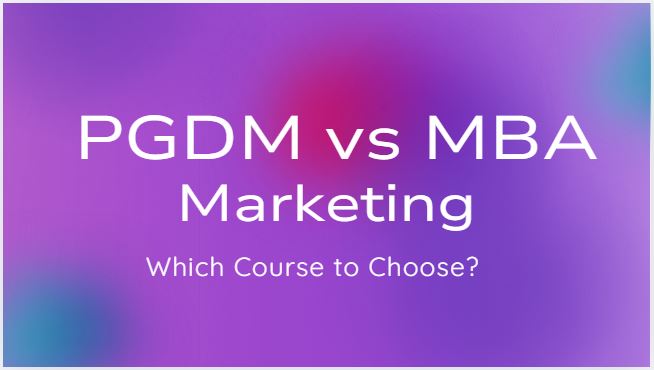Any company intends to increase its sales figure. But what does that mean?
Sales mean convincing potential customers to purchase the company’s product or service in exchange for money. However, the deal does not end a monetary exchange for goods or services, it goes beyond that.
For a deal to be successful, the customer should give money, positive feedback, and even advocate the product or service to others.
Sales strategies aim at persuading existing customers to buy more, regain lost customers, create new customers, and offer competitive prices.
Sales strategies include an important tool known as a discount. Discount means reducing the price of the offering by a certain amount of percentage.
In a price-sensitive market like India, discounts and offers play an important role in the customer purchase decision. A study suggests that roughly 93% of shoppers use discount or coupon codes throughout the year. Hence building a sales strategy for such a market requires marketers to consider points such as customer mindset, target audience, customer relationships, affinity towards product lines, and social media influence.
Discounts, offers, loyalty programs or bundled products help to clear stock, attract new or old customers, incentivize customers to buy more, improve the cash flow, increase the footfall in the store or traffic on the website, and reach the sales targets.
A sales target is a number that dictates to the sales team the revenue generated in the month, quarter, or year.
Though discounting is a good strategy to boost sales, there are a few aspects to be considered, such as –
- Customer – Knowing your customer well helps you decide the type of offers or discounts. For example, an FMCG product such as toothpaste can be offered at a discounted price or bundled. Whereas a B2B product, a free maintenance or free instalment acts as an incentive to purchase.
- Goals – When a company reduces the price of a product or offers more products at the price of one, the target or the goal should be considered. If the goal is to clear the existing stock, then a package or bundle of the product will help to achieve the target. But if the aim is to retain the existing customers, then a loyalty scheme or special pricing can be a good strategy.
- Geographic reach – If the intent is to venture into a new geographical location, then strategies like free sampling, price reduction, quantity discounts such as buy one get one offer, or value-added offerings such as free installation or maintenance work well.
- New product – When introducing a new product in the market, giving them away as free samples or bundling them with another well-selling product or offering a 30% – 50% discount will help attract customers. And create a buzz around the new offering.
- Survey – Discounting may not always miraculously work out for the company. This is due to the buyer’s perception. A 99% discount does not attract customers as they perceive the product to be of low quality or faulty.
As against this, a 5% discount may boost sales. Hence a survey of the market and customer mindset is crucial to arrive at a price point.
- Seasonality – Festivals like Diwali, Dussehra, Christmas, or Eid are the peak seasons when customers are ready to spend more and this is when through attractive price offerings, companies can increase their sales.
Discounts, special offers, product bundling, or special pricing are all short-term efforts to boost sales. In the long run, the company needs to plan for continuous growth.
Understanding the importance of offers and strategies to boost sales is rudimentary for any marketing manager. The foundation of a good sales strategy is a deep understanding of the customer psyche, brand positioning, price sensitivity, competitor pricing, and long-term goals.
MIT School of Distance Education (MITSDE) understands the current skills gap in the market and strives hard to reduce it.
Thus, MITSDE brings to you PG Diploma in Marketing Management (PGDM Marketing Management).
This online marketing course covers the basics & the latest concepts in marketing gives hands-on training on the latest tools and teaches you to create a brand, analyse market trends, and design marketing campaigns.



